Longtime Companion: SONY MDR-CD900ST
SONY / MDR-CD900ST Closed-Back Studio Monitor Headphones
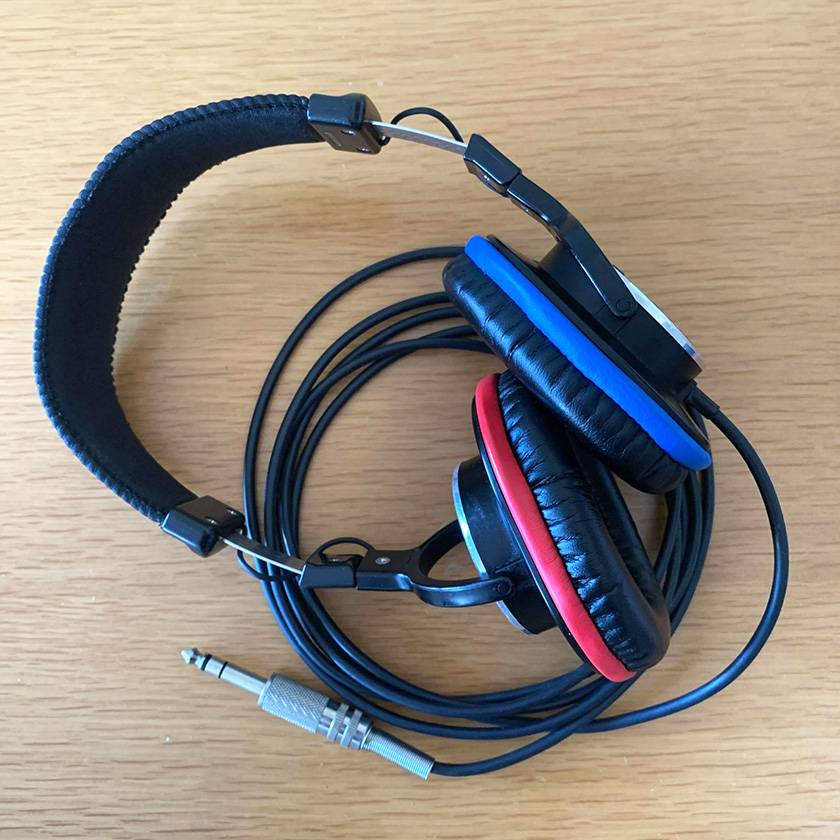
This is a classic closed-back studio monitor headphone that needs no introduction.
According to the purchase history, I purchased it in April 2012.
It seems I’ve been using it for about 12 years.
During that time, I purchased replacement ear pads in 2020 and 2023.
In 2020, I bought these genuine ear pads:
SONY / 2-115-695-01/02 MDR-CD900ST Ear Pads
In 2023, I bought a pair of these. It feels slightly more comfortable on the ears.
YAXI / Studio Headphone DX Blue & Red stpad-DX-LR
However, one day, while working on a track, the right side of the headphones suddenly stopped producing sound.
I learned that this is a common symptom of cable disconnection.
I recalled stepping on or pulling the cable a few times over the years, so I assumed this was the likely cause. I purchased the following to attempt a fix:
SONY / Plugged Cable for MDR-CD900ST
Fernandes / SI-1500 Soldering Iron
Watching YouTube videos, I saw people peeling off the black part of the cable to locate the break, so I decided to try it myself.
However, no matter how far I went, I couldn’t find any break.
I even checked all the way to the plug, but as an amateur, I couldn’t identify anything.
For now, I tried soldering the new cable that had arrived, but the issue remained unchanged...
After further online searching, I discovered that there are rare cases where the cable running from L to R is broken internally.
I don’t recall using the headphones roughly enough to cause such damage, so it was hard to believe—
Or rather, I didn’t want to believe it...
I remembered sound engineers using a ‘beep’ sound to check cables in the past.
A quick online search revealed that this device is called a continuity tester.
I decided to use a continuity tester to investigate, but there were so many types and price ranges that I couldn’t decide which one to buy.
After much deliberation, I settled on this one:
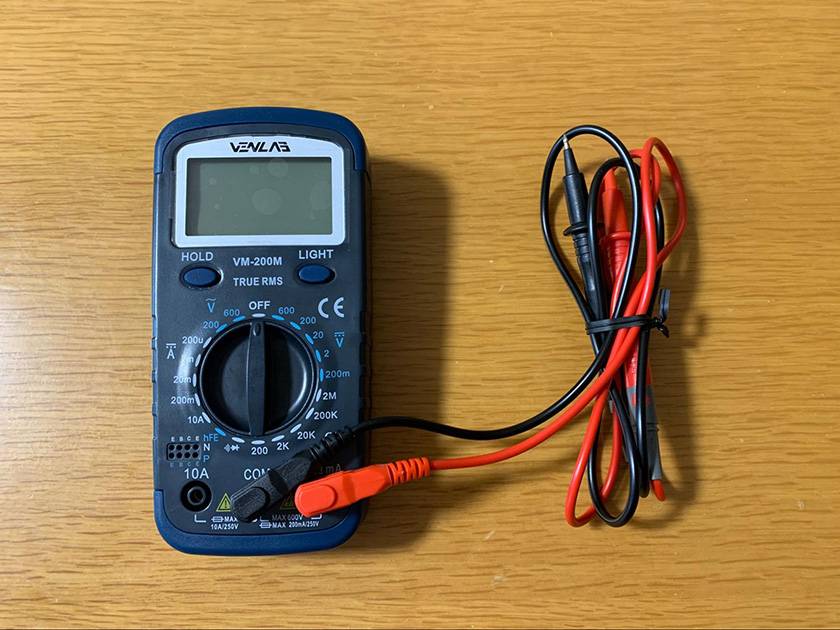
VENLAB / VM-200M Digital Multimeter
Using this, I checked the three colored wires running from the L channel to the plug, and sure enough, all of them produced a ‘beep’, indicating no issues.
Next, I checked the two cables running from L to R.
The red one produced a ‘beep’, but the other one didn’t.
No matter how many times I tested it, it wouldn’t beep...
It seems my issue falls under the ‘rare’ case.
If I could resolve the break in this cable, I could probably repurpose the wires from the old plug cable. However, I lack the necessary skills. While I read that some people fix such issues themselves, I don’t have the expertise, so I decided to purchase the following item instead.
SONY / X-2113-142-3 Replacement Headband for MDR-CD900ST
Once I installed it...
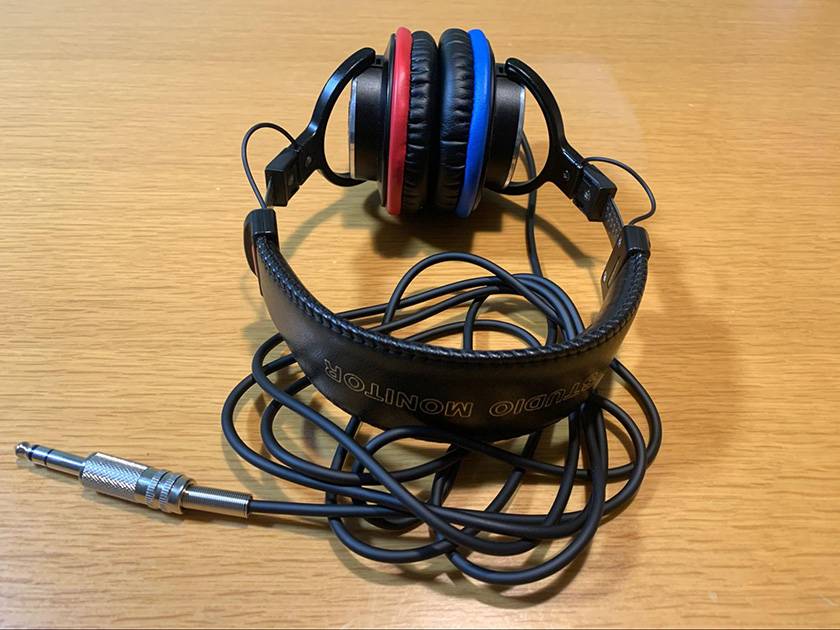
It’s fixed!!
That moment was truly emotional!
Since I didn’t keep track of how the ear parts were positioned, I was worried about whether I had attached it correctly. But when I tested it by panning, everything sounded as it should.
Replacing the headband also improved the fit!
Recently, I had noticed a gap forming under my ears and had been covering it with my hand, but this issue was unexpectedly resolved as well.
I haven’t done a direct sound comparison, so I can’t comment on differences in sound quality. However, the restored snug fit gives me confidence in listening, just like when the headphones were brand new.
Even if there isn’t a break in the cable, if you’ve been using the headphones for about 10 years and feel the fit has loosened, I recommend replacing the headband.
Here are some key points I learned from this repair process:
- A small-sized screwdriver is necessary, not a regular one, for disassembly.
- The screws are extremely tiny, so don’t leave them on the desk after removal—store them in a box or container!
- Take photos at each step of the disassembly process to document how the soldering is done and how the components are assembled.
- When purchasing headphones or cables, it’s a good idea to buy a continuity tester as well. It will help resolve issues faster. (I contacted two local electronics stores, but they didn’t stock any, so keep that in mind!)
- If you’ve been using your headphones for years, replacing the headband might also be worth considering.
I hope this helps anyone who, like me, suddenly experiences headphone failure.
Let’s enjoy the music!
The “sound & person” column is made up of contributions from you.
For details about contributing, click here.





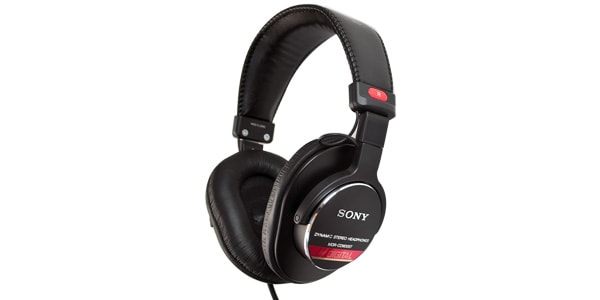
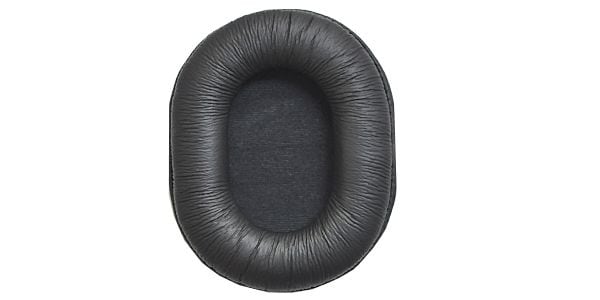
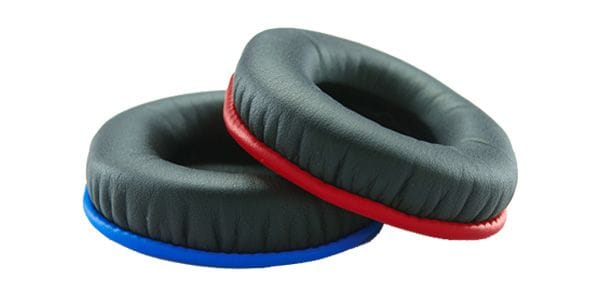
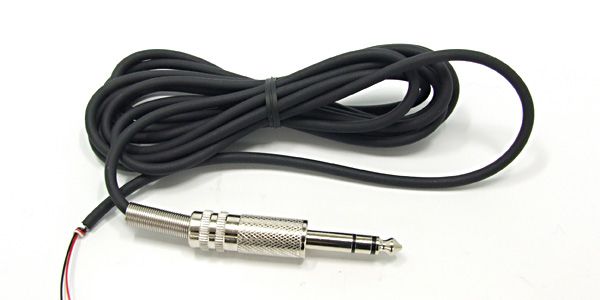
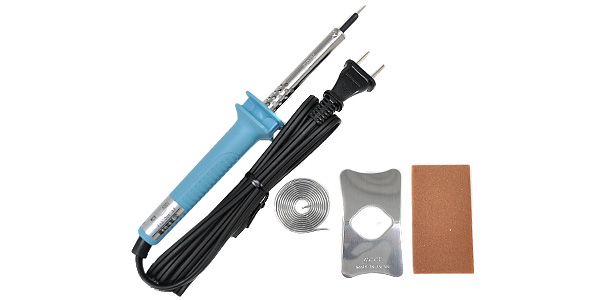
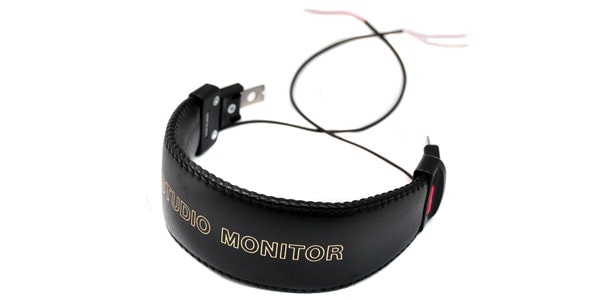












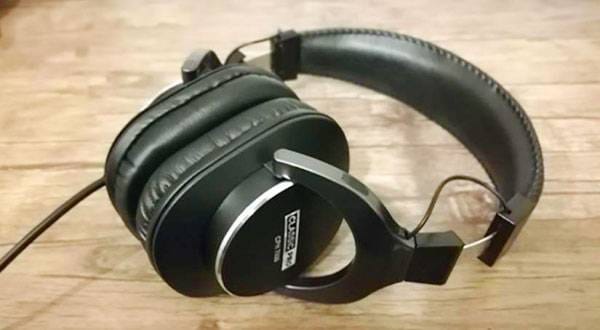
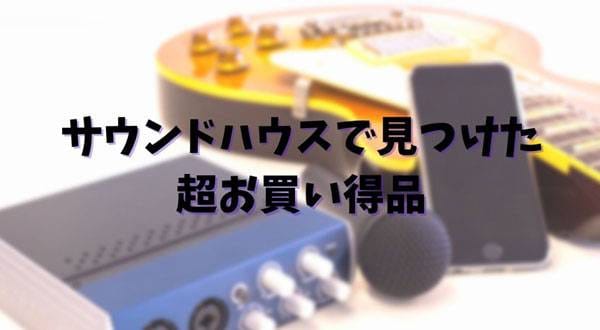
![[Acutual review] beyerdynamic DT250 monitoring headphones](/contents/uploads/thumbs/2/2020/3/20200304_2_9557_1.jpg)
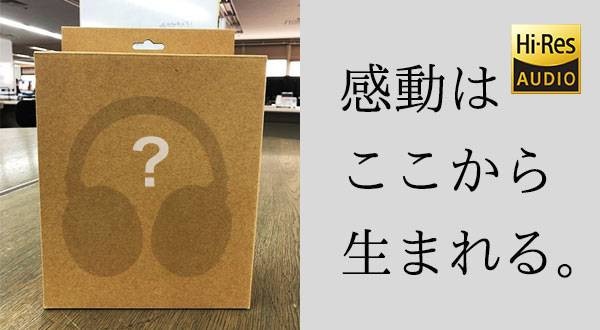
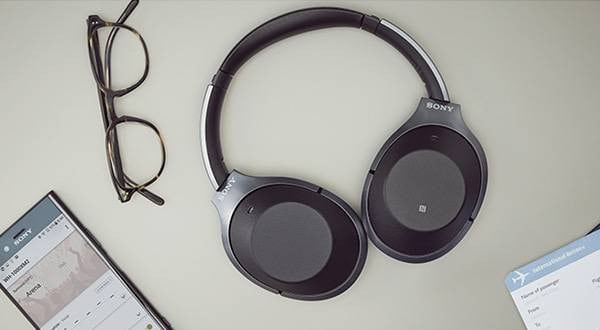
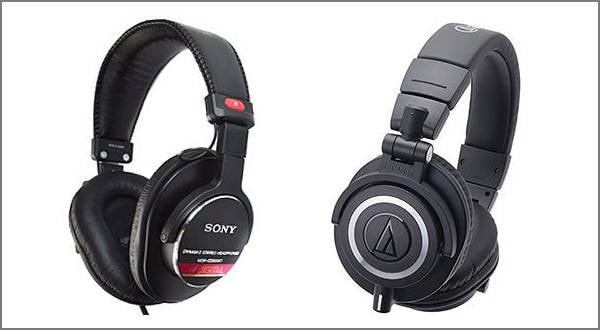
 SONY MDR-MV1 特集
SONY MDR-MV1 特集
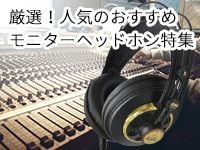 厳選!人気のおすすめモニターヘッドホン特集
厳選!人気のおすすめモニターヘッドホン特集
 夏フェスを盛り上げる良音ヘッドホン・イヤホン!大特集
夏フェスを盛り上げる良音ヘッドホン・イヤホン!大特集
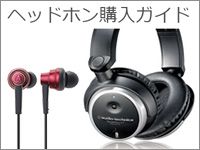 ヘッドホン購入ガイド
ヘッドホン購入ガイド
 ヘッドホン初心者講座
ヘッドホン初心者講座















